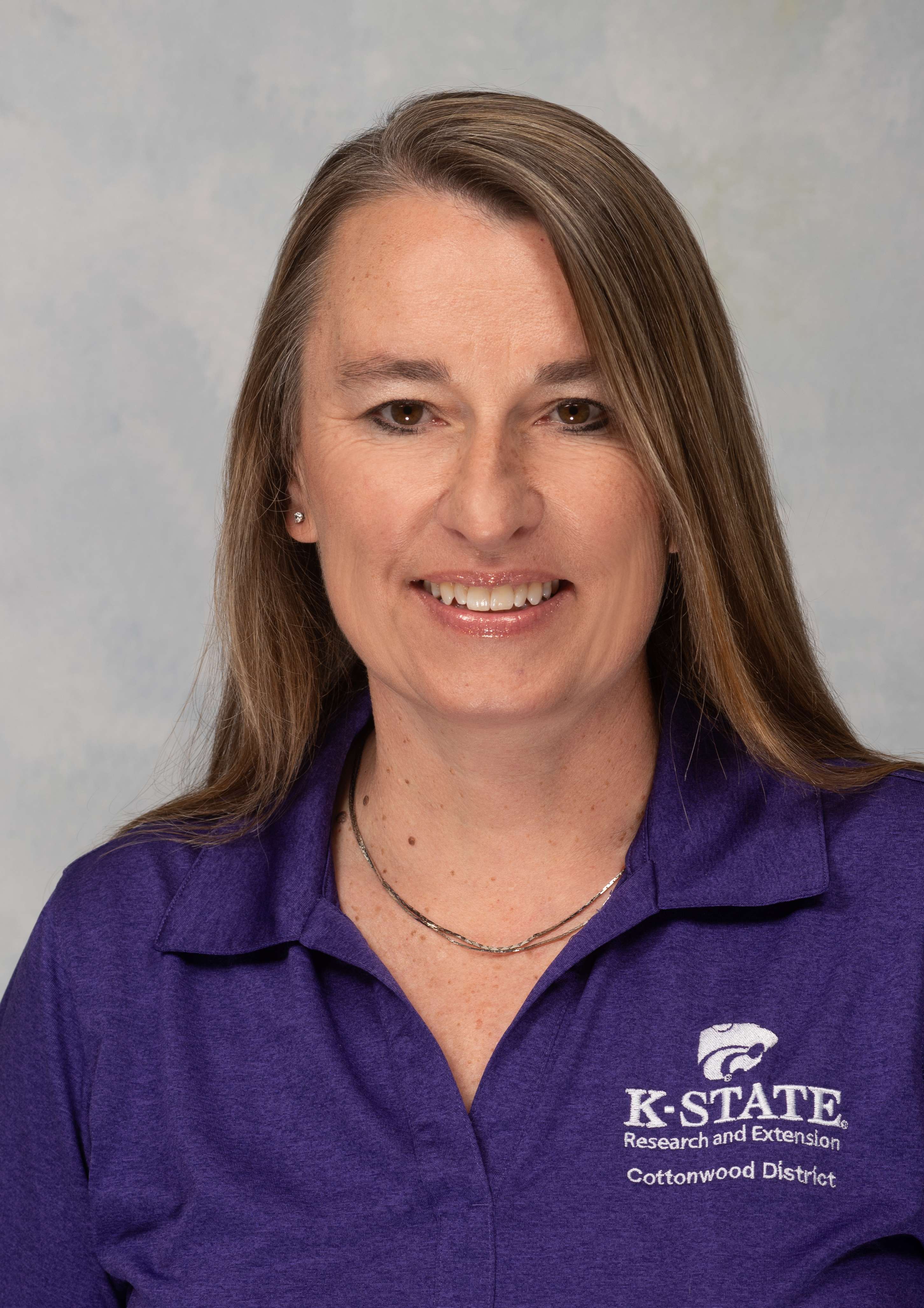
Hearing the words “what a kind, compassionate child you’ve raised” is often one of the greatest compliments a parent can receive as they turn their young person out into the world.
The foundation for this empathy, says Kansas State University child development specialist Bradford Wiles, happens early in life.
“Children start to figure out that other people have different beliefs, thoughts and desires other than their own at about the age of three,” Wiles said. “This is a crucial time to teach them to appreciate and enjoy other people’s perspectives.”
Before that, he said children can recognize differences in the way people dress or skin color, but they don’t have any opinions — positive or negative — about that.
“As children grow up, they are exposed to our family, regional and local community cultures, and if your family culture is one of acceptance and embracing others, children will pick up on that,” Wiles said.
Embracing others ties to the skill of empathy, Wiles said.
“Empathy is being able to appreciate and understand someone else’s perspective; it’s putting yourself in their place, which is different than sympathy where you feel bad for others,” Wiles said. “Empathy is also different than tolerating something unpalatable.”
He cited the example of how when sitting in a waiting room a person might tolerate overhearing a cell phone conversation, but those who can empathize have an appreciation for what is being discussed in that conversation even if it is something that they personally don’t have an experience with.
And children who learn empathy at a young age often grow into adults who can navigate social situations and perform well as members of a team, Wiles said.
“Research has shown that people who express empathy are able to better work with other people to solve problems in the workforce,” he said.
So how is empathy developed?
“It starts with family modeling; if you have friends from diverse backgrounds, make sure your children interact with them and it isn’t just people of different cultures,” Wiles said. “In the U.S.
there tends to be a lack of empathy for people who are low income. For some, the perception is that poor people don’t work hard, and while that may be true for a small subset, the vast majority are working hard to maintain a level of poverty.”
To help children cross those cultures Wiles encourages parents to demonstrate empathy by volunteering in the community or in school where children can see them engaging with others and modeling that all people have worth, even if they are different.
“Through volunteer work, parents can demonstrate to children that all people have value, and they are richer for those interactions,” Wiles said.
Another way to model empathy is to expose children to a wide range of books and have family discussions about the story, Wiles said. He explains that through books, children can be exposed to characters who are developmentally delayed or physically challenged, come from another culture or are from a different social class, among other differences.
“One of the best things about books is that the characters provide early opportunities for a parent to facilitate a discussion with the child by asking ‘What do you think that character is thinking about?’ and that forces the child to engage in the process of empathy,” Wiles said.
More information on child development is available online from K-State Research and Extension.
Monique Koerner is the Family and Community Wellness Agent with K-State Research and Extension – Cottonwood District. You may reach her at: 785-628-9430 or [email protected]. K-State Research & Extension is an equal opportunity provider and employer.



